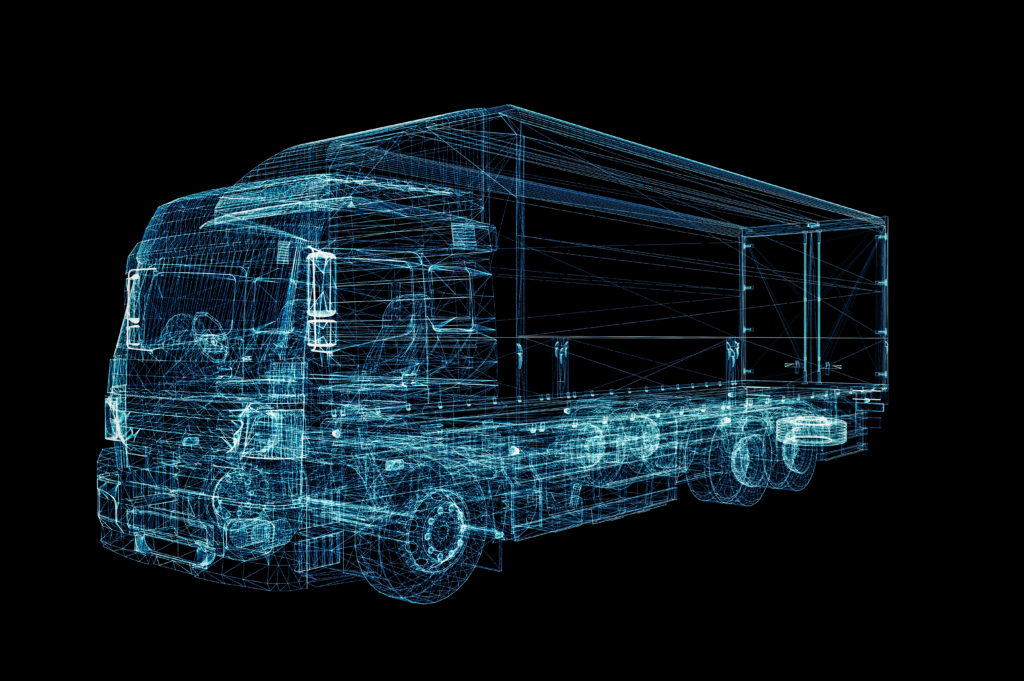
The Commercial Vehicle Safety Alliance has scheduled its International Roadcheck for 2020–a high-visibility event.
International Roadcheck is the world’s largest targeted commercial motor vehicle requirement enforcement program, with 17 trucks and buses inspected every single minute throughout North America during its annual 3-day period.
On January 27th, the group announced that its 72-hour, re-vamped roadcheck will take place between May 5th and 7th. During that period, commercial motor vehicle inspectors throughout the country will inspect CMVs and their drivers, with an emphasis on driver requirements.
Every year, the roadcheck chooses a particular focus of violation–this year’s is the driver requirements category of a roadside inspection. In 2019, the FMCSA found that 944,794 driver violations occurred out of 3.36 million total inspections. 195,545 of those were out-of-service conditions.
“With last year’s federal electronic logging device full-compliance mandate in the U.S., the Alliance decided that this year’s International Roadcheck would be the perfect opportunity to revisit all aspects of roadside inspection driver requirements,” said Sgt. John Sarnis of the Delaware State Police, CVSA’s president.
Some common violations found last year included: failure to show proof of medical qualifications, lack of insurance and vehicle registration, detected drug or alcohol use, failure to wear a seat belt, and showing a false record-of-duty status.
During a roadcheck, inspectors typically conduct the North American Standard Level I Inspection. This procedure includes 37 different steps with two main categories: an examination of driver operating requirements, and an examination of vehicle mechanical fitness. Hazardous materials and dangerous goods is a third category that could also be included in the inspection.
Inspectors may also decide to conduct Level II Walk-Around Driver/Vehicle Inspections, Level III Driver/Credential/Administrative Inspections, or Level V Vehicle-Only Inspections, depending on weather conditions or available resources.
To begin an inspection, an inspector will interview and prepare the driver, collect his or her documents, identify the motor carrier, verify the driver’s license or commercial driver’s license, check record of duty status, and review periodic inspections reports. Additionally, the inspector may check the Medical Examiner’s Certificate, Skill Performance Evaluation Certificate, and the driver’s daily vehicle inspection report.
Drivers will be checked for:
-Seat belt usage
-Illness
-Fatigue
-Apparent alcohol possession or impairment
-Apparent drug possession or impairment
Vehicles will be inspected for the proper use of:
-Brake systems
-Cargo security
-Coupling devices
-Driveline/driveshaft components
-Driver’s seat
-Exhaust systems
-Frames
-Fuel Systems
-Lighting Devices
-Steering mechanisms
-Suspensions
-Tires
-Van and open-top trailer bodies
-Wheels
-Rims and hubs
-Windshield wipers
For buses, passenger vans, passenger-carrying vehicles, and motorcoaches, other items under inspection include:
-Emergency exits
-Electrical cables and systems in engine/battery compartments
-Temporary seating
-Aisle seating
If there are no critical violations found in a Level I or Level V inspection, the vehicle will receive a CVSA decal. However, if a required impact guard is inspected during one of these efforts and violations are discovered, a CVSA decal will not be issued and an inspector may render the vehicle out of service.
If the driver and/or vehicle meets the North American Standard Out-of-Service Criteria, the vehicle will not be able to be operated until the violation(s) are corrected.
International Roadchecks previously occurred throughout the first week of June. The event was moved up by one month this year, as the weather will likely be more favorable in many areas, according to the CVSA.
“Announcing the dates of the International Roadcheck has always been a deliberate, thoughtful, and purposeful decision by the Alliance,” said Sgt. Samis. By announcing the dates in advance, we hope to remind motor carriers of the importance of proactive vehicle maintenance and remind drivers to be prepared for inspections and to always conduct pre= and post-trip inspections. We want every vehicle and driver inspected during this initiative to pass inspection with no violations.”
Samis said the CVSA is aware some drivers may try to find loopholes. “We’re aware that some drivers opt to stay off roadways during the three days of International Roadcheck,” he explained. “Although there is certainly an increase in the number of inspections conducted during International Roadcheck, it’s important to remember that inspections are conducted every day of the year. Inspectors will be inspecting commercial motor vehicles the day before International Road check starts, the day after it ends, as well as any other day of the year.”




